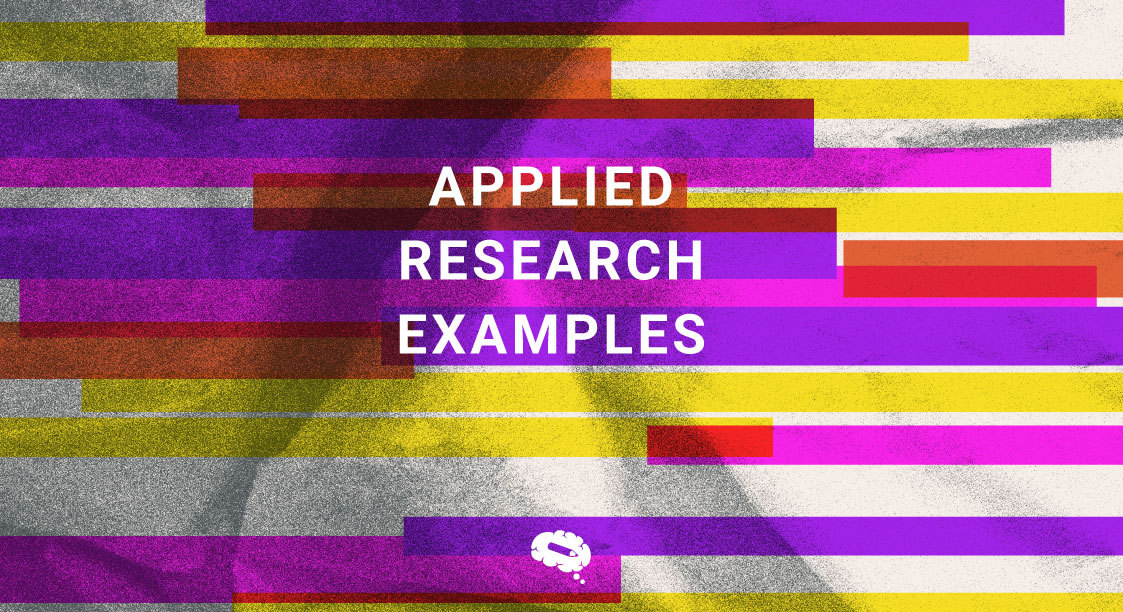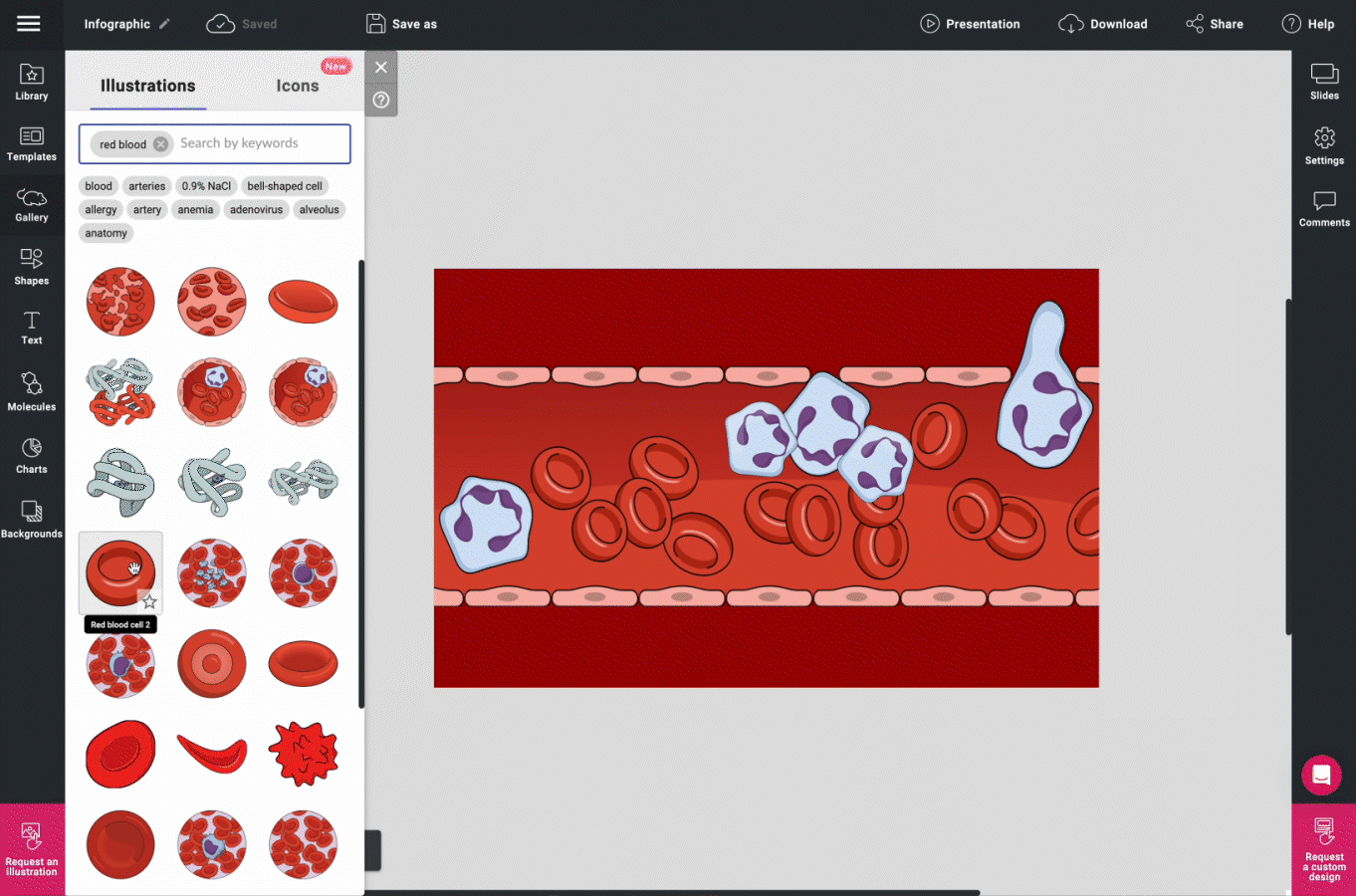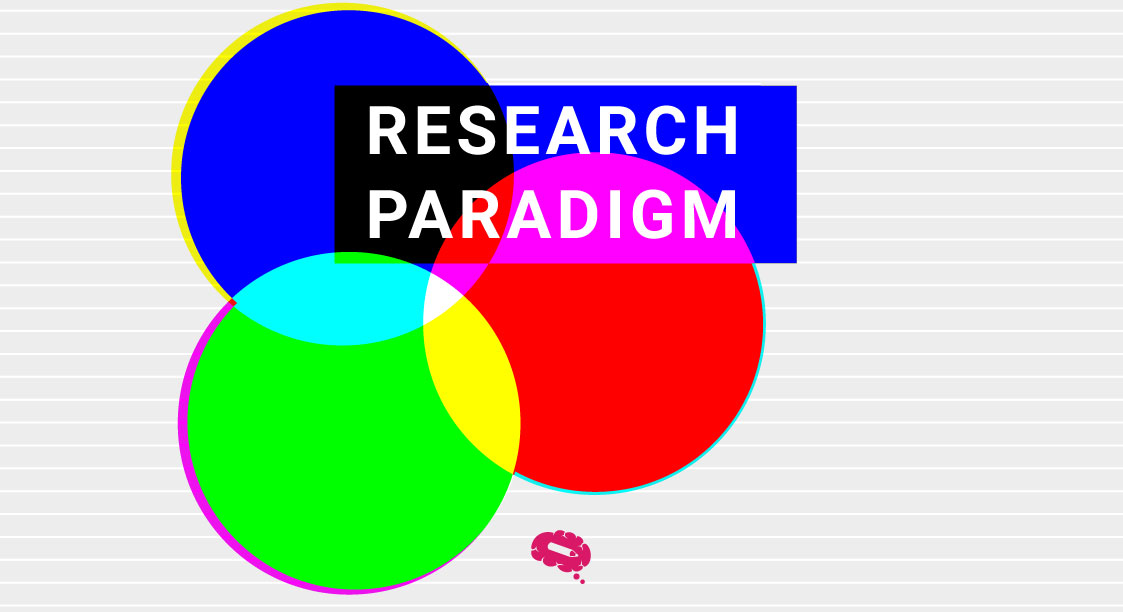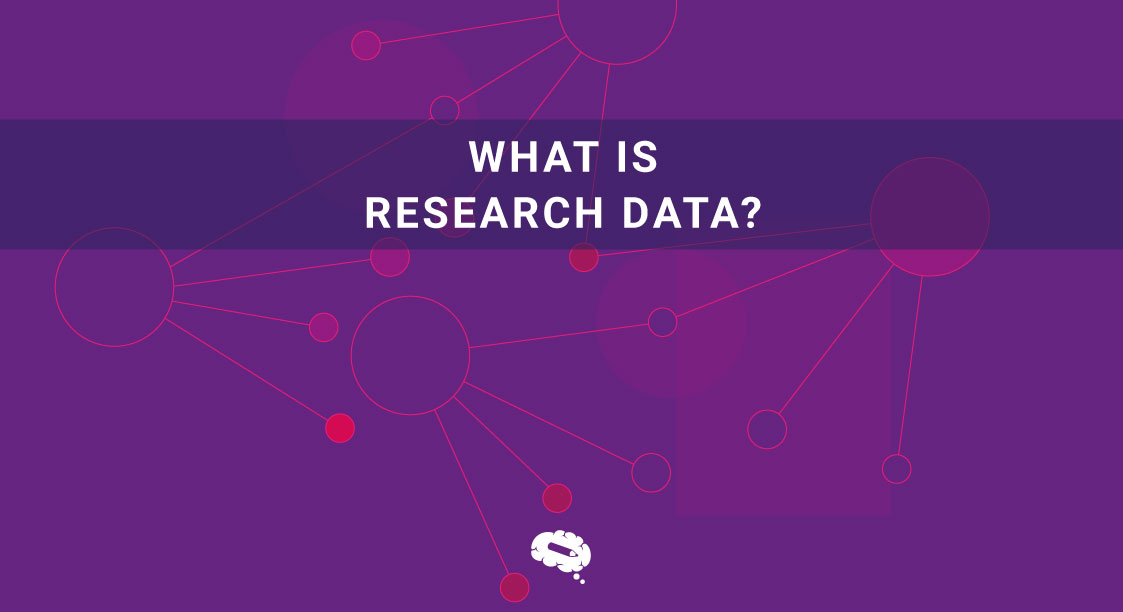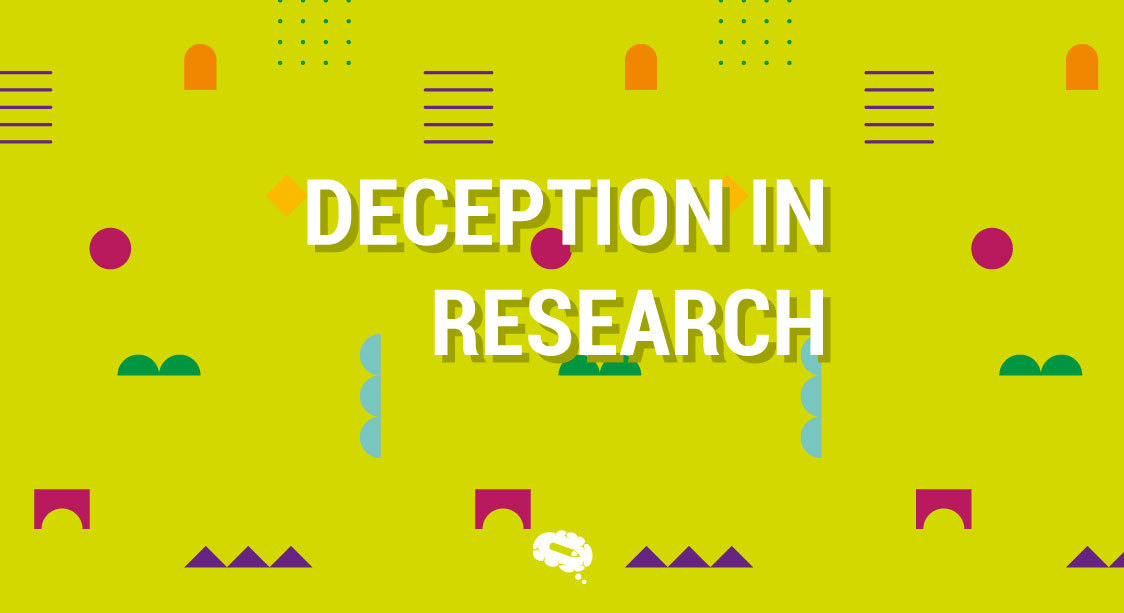Applied research plays a crucial role in various fields, providing practical solutions to real-world problems and driving advancements in technology, healthcare, business, and more. It bridges the gap between theory and practice by translating scientific knowledge into tangible outcomes that positively impact individuals, organizations, communities, or industries. Applied research enables us to develop innovative solutions, refine existing practices, and make informed decisions based on evidence. By focusing on practical applications, applied research contributes to advancements in various fields, ultimately leading to societal progress and improvement. It serves as a driving force for innovation, economic growth, and the overall betterment of individuals and communities.
What is Applied Research and its purposes?
Applied research is a systematic and practical approach to investigating real-world problems and finding practical solutions. It makes application of scientific methods and techniques to gather and analyze data, conduct experiments, and make evidence-based recommendations. The primary purpose of applied research is to address specific issues or challenges in various fields. It aims to make better-existing practices, processes, or products, validate the effectiveness of interventions or programs, inform policy decisions, and contribute to the development and implementation of evidence-based strategies.
When using Applied Research
Some common applications of applied research include:
Business and Marketing
Through the utilization of applied research, organizations can gain valuable insights into consumer behavior, evaluate marketing strategies, assess market trends, and identify opportunities for product development and innovation.
Healthcare and Medicine
Applied research is conducted to evaluate the effectiveness of medical treatments, interventions, and healthcare policies. It helps in the advancement of patient outcomes, optimizes healthcare delivery systems, and informs evidence-based medical practices.
Education
In education, applied research informs curriculum development, evaluates program effectiveness, guides evidence-based instruction, informs policy decisions, supports professional development, and optimizes student assessment and evaluation.
Public Policy and Governance
Policymakers can leverage data-driven insights to inform decision-making, evaluate program effectiveness, and enhance governance practices. This approach fosters evidence-based policymaking, promotes transparency, and facilitates effective and equitable governance.
Environmental Studies
Applied research is used to address environmental challenges, such as climate change, pollution, and natural resource management. It helps develop sustainable practices, assess the environmental impact of policies and projects, and guide conservation efforts.
Technology and Engineering
Optimizing efficiency and advancing technology, applied research in technological and engineering fields develops and upgrades products, systems, and processes, addressing practical problems with innovative solutions.
Agriculture and Food Science
Applied research is conducted to raise agricultural practices and crop yields, ensure food safety, and develop sustainable farming methods. It addresses challenges related to food production, distribution, and environmental impact.
Types of Applied Research
Applied research includes various types tailored to address specific practical issues and inform decision-making. Some common types of applied research are:
Evaluation Research
This type of research focuses on assessing the effectiveness, efficiency, and impact of programs, interventions, policies, or initiatives. It measures outcomes, identifies strengths and weaknesses, and provides recommendations for improvement.
Action Research
Action research involves collaborative inquiry and problem-solving in real-world settings. It emphasizes the active participation of stakeholders to identify and address practical challenges, often leading to immediate changes or interventions.
Research and Development
R&D is a type of applied research with the objective to create innovative products and services to meet market needs. It requires gathering market information, improving existing products, and developing new ones to fulfill customer demands and enhance organizational effectiveness.
Policy Research
Generating evidence-based recommendations for policymakers, policy research plays a crucial role in informing policy development, implementation, and evaluation. By analyzing existing policies and identifying areas for improvement, it aims to shape effective and informed decision-making processes.
Data Collection Methods
Data collection methods refer to the techniques and approaches used to gather information or data for research purposes. These methods vary depending on the nature of the research question, the type of data needed, and the resources available. Here are some common data collection methods:
Surveys
This collects data through structured questionnaires or interviews. They can be administered in person, over the phone, through mail, or online. Surveys are useful for gathering information from a large number of participants and obtaining self-reported data on attitudes, opinions, behaviors, or demographics.
Interviews
Interviews conduct one-on-one or group conversations with participants to gather detailed information. Interviews can be structured (with predetermined questions), semi-structured (with a set of guiding questions), or unstructured (allowing for open-ended discussion). Interviews are useful for exploring complex topics, capturing in-depth insights, and understanding participants’ perspectives.
Observations
The method of observation watches and records behaviors, actions, or events in their natural settings. Researchers can be participant observers (actively participating in the observed context) or non-participant observers (observing from a distance). Observations are valuable for studying social interactions, behaviors, and patterns in real-life contexts.
Experiments
Experiments manipulate variables under controlled conditions to determine cause-and-effect relationships. Participants are assigned to different experimental conditions, and data is collected to assess the impact of the manipulated variables. Experiments allow researchers to study causal relationships and test hypotheses.
Data Analysis Methods
Data analysis methods are the techniques and procedures used to analyze and interpret data collected during a research study. These methods help researchers make sense of the data, identify patterns, draw conclusions, and answer research questions. Data analysis plays a crucial role in research as it transforms raw data into meaningful insights and supports evidence-based decision-making. Some common data analysis methods are:
Descriptive Statistics
Descriptive statistics summarize and describe the main characteristics of the data. They include measures such as mean, median, mode, standard deviation, and frequency distributions. Descriptive statistics provide a snapshot of the data’s central tendency, dispersion, and distribution.
Inferential Statistics
Inferential statistics make inferences or draw conclusions about a population based on a sample. These methods help researchers test hypotheses, determine statistical significance, and make generalizations. Examples of inferential statistics include t-tests, analysis of variance (ANOVA), regression analysis, and chi-square tests.
Data Mining
Data mining uses computational algorithms to discover patterns, trends, and relationships within large datasets. It helps identify hidden insights and generate predictive models. Data mining techniques include association rule mining, classification, clustering, and anomaly detection.
Applied Research Methodology
Applied research methodology refers to the systematic approach used to conduct applied research studies. It is a series of steps and procedures designed to gather relevant data, analyze it, and draw meaningful conclusions to address real-world problems or provide practical solutions. The methodology for applied research typically includes the following key components:
Problem Identification
Clearly defining and understanding the specific problem or issue to be addressed is the first step in applied research methodology. Conducting a thorough literature review, consulting with experts, and engaging stakeholders are essential steps to gain insights into the problem’s context, scope, and potential impact.
Research Design
Developing a research design involves determining the appropriate research approach, such as quantitative, qualitative, or mixed methods, based on the research objectives and the nature of the problem. It also includes selecting the appropriate data collection methods, sampling techniques, and data analysis procedures.
Data Collection
Data collection methods are chosen based on the research design and the type of data required. Common data collection methods include surveys, interviews, observations, experiments, case studies, and document analysis. Rigorous data collection techniques ensure the collection of accurate and reliable data relevant to the research problem.
Data Analysis
Data analysis is about processing, organizing, and interpreting the collected data to derive meaningful insights. Depending on the nature of the data, quantitative analysis techniques such as statistical analysis, regression analysis, or data mining may be used. Qualitative analysis techniques, such as thematic analysis or content analysis, can be employed for textual or qualitative data.
Results and Conclusion
The analyzed data is used to draw conclusions, identify patterns, and make inferences related to the research problem. The results are presented in a clear and concise manner, often through tables, charts, or visualizations. Conclusions should be supported by evidence from the data analysis and aligned with the research objectives.
Examples of Applied Research
The applied research examples illustrate how this addresses real-world issues and aims to provide practical solutions that can be implemented and make a meaningful impact in various domains. Here are some applied research examples across different fields:
Healthcare
In healthcare, the focus is finding practical solutions to improve patient care and outcomes. For example, a study investigating the effectiveness of a new medical treatment or therapy for a specific condition would be considered applied research.
Education
The primary objective is to increase teaching methods, curriculum development, and student learning outcomes. This involves evaluating the effectiveness of various instructional approaches and designing interventions to foster improved student engagement and achievement.
Business and Marketing
In the domain of business and marketing, the emphasis is on tackling practical issues encountered by organizations. This can include analyzing consumer behavior to devise impactful marketing strategies or conducting market research to evaluate the viability of introducing a new product. Such endeavors align with the principles of applied research.
Environmental Science
The objective is to devise practical solutions for addressing environmental challenges. This can encompass studying the effects of pollution on ecosystems, formulating sustainable practices, or assessing the efficacy of conservation initiatives. These pursuits align with the principles of applied research.
Engineering and Technology
The emphasis of applied research on engineering and technology is to create inventive solutions for real-world problems. This could entail research endeavors aimed at enhancing energy efficiency, refining manufacturing techniques, or pioneering novel materials.
Online Infographic Maker for Science
Mind the Graph enables scientists to present complex information in a visually appealing and accessible manner. With an extensive library of customizable templates, icons, illustrations, and graphs, researchers can effortlessly create visually stunning infographics, posters, and presentations that effectively convey their scientific concepts and data. Mind the Graph not only saves time and effort but also ensures that scientific information is presented in a visually compelling way, captivating audiences and enhancing research impact.

Subscribe to our newsletter
Exclusive high quality content about effective visual
communication in science.

